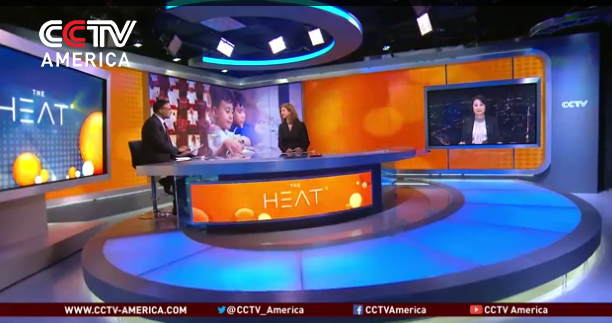To celebrate National Charter Schools Week, CER is highlighting charter school success stories from across the country.We will also be taking the celebration to Twitter and Facebook, sharing stories from schools, parents, and advocates on the ground, along with a litany of facts and figures, all showing how charter schools are helping students.
Once considered just a fad, charters now represent the fastest, most successful reform in public education today, with over 2.5 million students in over 6,500 charter schools across the nation.
DID YOU KNOW?… A Few Facts About Charter Schools
• 73% of Americans support charter schools
• The length of average charter school wait list is nearly 300 students
• Charter schools receive 36 percent less revenue on average per student than traditional public schools
• 61 percent of charter schools serve a student population where over 60 percent qualify for the federal Free or Reduced Lunch Program
• The total number of charters has increased over the last decade at an average rate of 340 schools per year
• In 2012-13, there were 335 new charter campuses in states with “A” or “B” grade charter laws, compared to only 13 in states earning “D” or “F”
Check out these charter school success stories! The first one will appear here May 4, with a new story posted daily throughout the week!
Story #1: Friendship PCS
Story #2: Boys’ Latin Charter School
Story #3: Charter School Potential
Story #4: Electronic Classroom of Tomorrow (ECOT)
Story #5: CHAMPS Charter School of the Arts
Story #6: Charlotte Secondary School
Story #7: Great Hearts Academies
For more information on charter schools, see CER’s most recent charter school publications and the area of edreform.com dedicated to choice & charter schools:
Choice & Charter Schools
Everything you need to know about charter schools! Get facts and information, as well as answers to questions like what states have charter school laws, what constitutes a strong charter school law, are charter schools working, and more.
2014 Charter School Law Rankings & Scorecard
The 15th edition of charter school laws across the states shows fewer than half of state charter school laws in the United States earn above-average grades.
2014 Survey of America’s Charter Schools
CER’s national overview of the day-to-day operations of charters reveals that charter schools are experiencing stronger parental demand than ever before, with the length of the average waiting list increasing from 233 in 2009 to 277 in 2012.
America’s Attitudes Towards Education Reform: Public Support for Accountability in Public Schools
Majorities of Americans support education policies that promote accountability, according to a nationwide survey released by The Center for Education Reform.
America’s Attitudes Towards Education Reform: Executive Summary
The American People Want Power and They Want Options. A plurality of Americans says that parents should have more power over their child’s education, including access to information and data about their child’s school.
Looking for a charter school near you? See CER’s Charter School directory.












U.S. Needs to Expand “Top-Rated” Schools
Charter schools make an impressive showing on the U.S. News & World Report’s list of America’s Best High Schools, accounting for 24 percent of the top 100 high schools on the rankings. For the rankings, U.S. News & World Report evaluated 500 top schools. Of these 500 schools, 84 are charter schools, totaling 17 percent of the ranked schools.
U.S. News & World Report evaluated the schools based on highest college readiness, a specifically defined measure of what constitutes a “top-rated” school. However, the reality is there are actually many factors that determine what constitutes a quality school; restricting quality to a formula leaves little room for innovation, the very hallmark of charter schools. For instance, if U.S. News & World Report were to rate top schools based on parent satisfaction, there is little doubt that charter schools would constitute an even larger share of the top 100 public schools.
Issues with ranking criteria aside, there’s still much to be said for the fact that despite making up just six percent of all public schools, charter schools composed a large share of these “top-rated” schools. The fact that there is a disproportionately high percentage of charters on this list shows how effective charter school innovation truly is.
Charter schools prove again and again that they work. With the nation’s current proficiency rate in reading and math at 34 percent and an influx of 11 million students in the near future, we need more schools that have the freedom and flexibility to meet each student’s unique needs through inventive methods. We need MORE quality schools making up the “top-rated” list (and more measures to indicate what makes a “top-rated” school!), and we will get there by creating strong laws, giving parents options and access to data, and most importantly, allowing for innovation in schools.